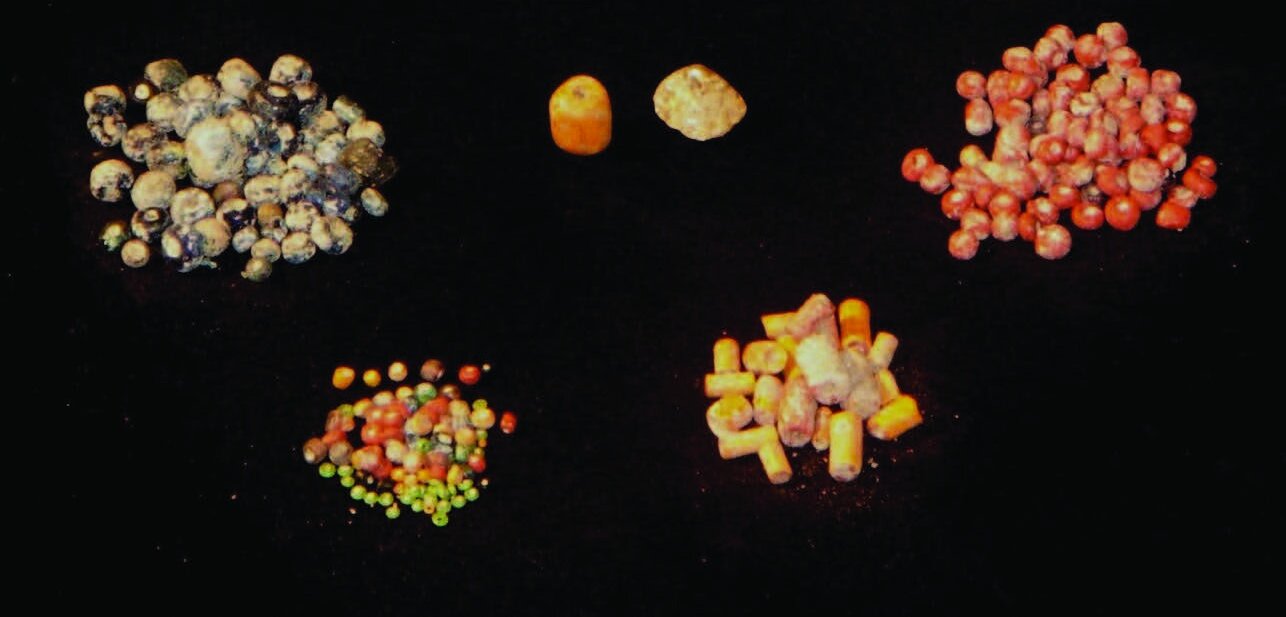On Post-Hellenistic Influences in Southeast Asia, Based on New Materials Recently Found in Southern Thailand and around Tonle Sap Lake in Cambodia
by Sergey Lapteff
Artifacts excavated in the Tonle Sap Lake area show links with maritime trade in the pre-Angkorian period, and hellenistic influences that came from India.

Publication: in Ancient Civilizations from Scythia to Siberia 22, pp 295-320 | brill.com/acss
Published: 2016
Author: Sergey Lapteff
Pages: 25
Languages : English, Russian
pdf 19.4 MB
This richly illustrated study illustrates the importance of archaeological findings in the Tonle Sap Lake area in order to better understand regional trades routes, interactions between local polities and the activities of traders and migrants from the Indian subcontinent. Amongst the conclusions:
- “Although the materials from the Tonle Sap region are still few, among them there are artifacts similar not only to those from the Mekong Delta, but also to southern Thailand, and their date should be close to those of southern Thailand as well. As was in the case of the sea shore region, the inland part of South-East Asia experienced the influence of Greco-Roman culture too. This influence, no doubt, came to South-East Asia through India with the help of Indian migrants. This is proved by a large amount of Indian decorative objects, coins, cameos found in southern Thailand. The similar situation can be shown by the presence of the influence from Bactria, close to India. However, the sea route is more likely than the land route as the way of spread of Greco-Roman culture towards inland South-East Asia. The author’s own excavations of the Snay site and other findings show that the Oc Oe culture, discovered by Louis Malleret, continued in north-western Cambodia. Nevertheless, as the sites in Mekong Delta are richer, there is no doubt that the center of the Oc Eo culture was in the Mekong Delta. The traces of Greco-Roman culture are also more frequent in the Delta. After Malleret’s discovery the finds of Greco-Roman type cameos and Roman coins were continued there by Vietnamese archeologists as well.”
- “The author supposes that the objects of Greco-Roman culture spread by the maritime route from the Delta via the Mekong to Tonle Sap Lake. If the location of the sites with such findings in southern Thailand is considered, we can propose that the sea routes were prevailing in the spread of Greco-Roman culture in continental South-East Asia. As together with the artifacts of Greco-Roman type a large amount of Indian products are found (adornments, beads, coins, seals), we may think that exchange was going through India.”
- “It is important to note the presence of Bactrian type objects in this exchange. Probably, the contacts with Central Asia could have been conducted through India too. The Greek culture, which spread towards India due to Alexander the Great, later (approximately around 1st-5th centuries AD) reached South-East Asia from India and became a part of the local culture. Although the data is still not numerous, due to the recent discoveries in southern Thailand and in the Mekong Valley new material was obtained, and allows a more thorough examination and study of the external contacts in the region.”
Also by the author:
Lapteff, S. V. 2013: Early Iron Age Burial Practices of the Ancient Khmer People: The Phum Snay Necropolis, Northwestern Cambodia. Archaeology, Ethnology & Anthropology of Eurasia 2, 137 – 145. Read the Russian version Читать русскую версию
Photos: 1.Greco-Roman style cameo found at Phum Snay in north-western Cambodia; 2. Indo-Pacific beads found at the Phum Snay site, from the excavation (photos by S. Lapteff ).
Tags: Tonle Sap Lake, Banteay Menchey, Phum Snay, Sea Silk Road, Hellenistic influences, Oc Eo, pre-Angkorean, beads, coins, India, Indian traders, Indian migrants, Greco-Roman influences, Roman Empire
About the Author

Sergey Lapteff
Sergey Lapteff С. B. Лаптев is a researcher and archaeologist with the Miho Museum, Japan.
A graduate from the Maxim Gorky Institute of Literature, Moscow, Russia, he excavated Northwestern Cambodian sites in 2003 – 2007, and published about the findings.
Amongst his other publications: Jomon culture and the cultures of the Yangtze, South China and continental Southeast Asian areas (Japan Review, 2006) | Chinese Influence on the Technological Development of Yayoi Period Japan: Problems of Metal Casting and the Production of Bronze Mirrors.


